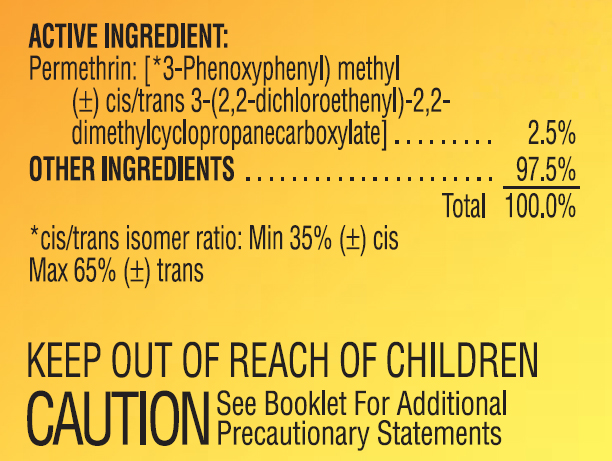- Categories:
- Maintenance

As we approach spring spraying season, it’s important to take a moment and ourselves and our employees the importance of reading the label before every application Afterall, the label is the law. The label is a legal document that provides important information about the chemistry that you are using to achieve optimum results, while keeping employees safe, without violating the law. As longtime landscape professionals, it’s easy to become lax when applying familiar pesticides, especially as newer formulations become more and more safe. But taking a moment to ensure you take all the appropriate precautions will set the right example for new and tenured employees alike.
What’s on the Label?
There are some important pieces of information you want to look for on the label:
- Signal Word: Tells you how toxic the product is: mildly (caution), moderately (warning), or highly (danger). This tells you what PPE (Personal Protective Equipment) is required to use this product.
- Active Ingredients: What’s in the jug
- Pests Controlled: List of the known pests that are controlled with this pesticide.
- Directions for Use: Not following the label’s instructions for application isn’t just dangerous, it’s illegal. You must follow the label use rates.
- Use of Adjuvents: some chemicals work better when using specific adjuvants.
- Re-entry Period: this tells you when it is safe to re-enter the area sprayed.
- Storage & Disposal Not following proper storage directions can cause the product to become volatile
- Precautionary Statements: How to use the product safely, such as use around children and pets.
- First Aid: What to do if product is ingested or contacts eyes or skin.
Even a cursory review of the front of the label provides essential information to ensure the personal safety of the applicator. What follows is essential information it to ensure to do not damage your client’s property by applying the wrong chemical for the site. ALL LABELS should be included in a book in all contractors vehicles that spray pesticides. This is easy reference for employees, inspectors, and healthcare providers should they need medical attention.
What is it and What’s it in?
Never begin an application without knowing what you are targeting. Using the wrong chemical on a pest is more than just a waste of time and money – you are risking severe damage to the area you are spraying. By reading the label you can be sure that: or a
- The product will effectively eliminate the pest
- The product won’t harm the turf or ornamentals around the pest